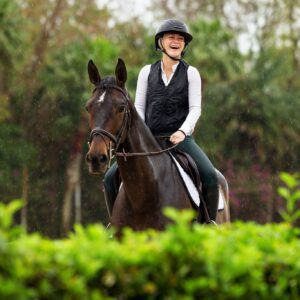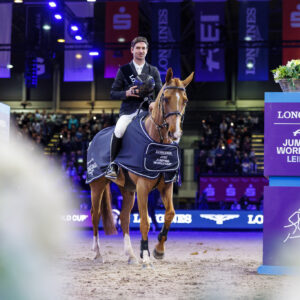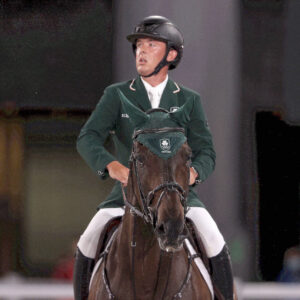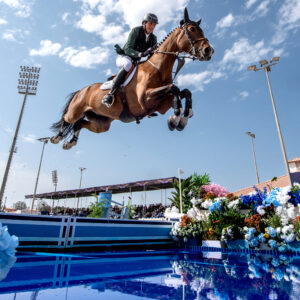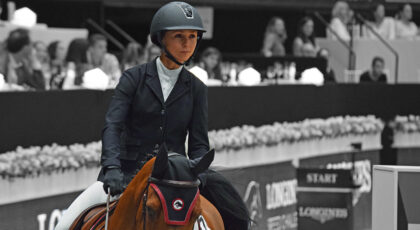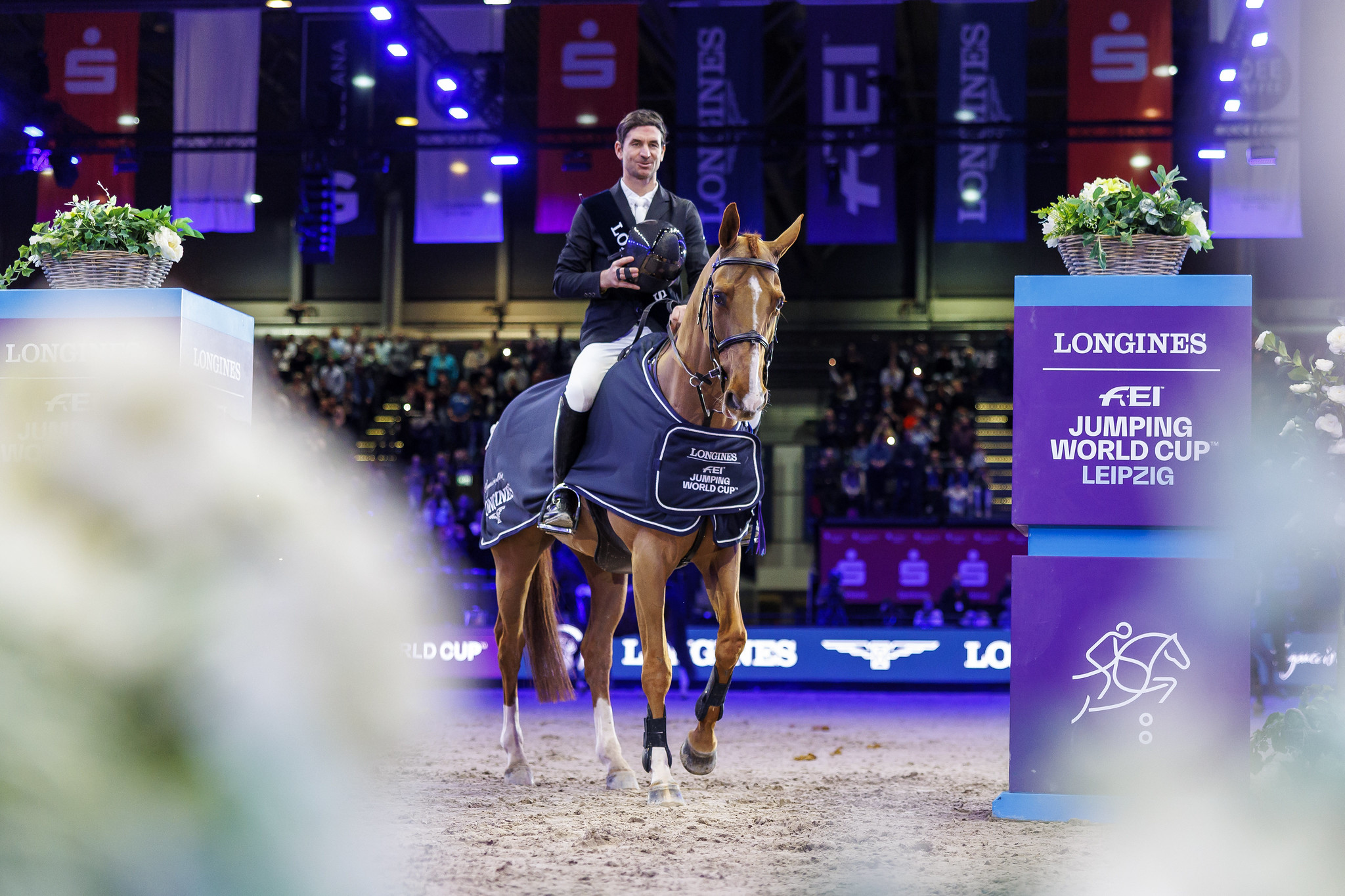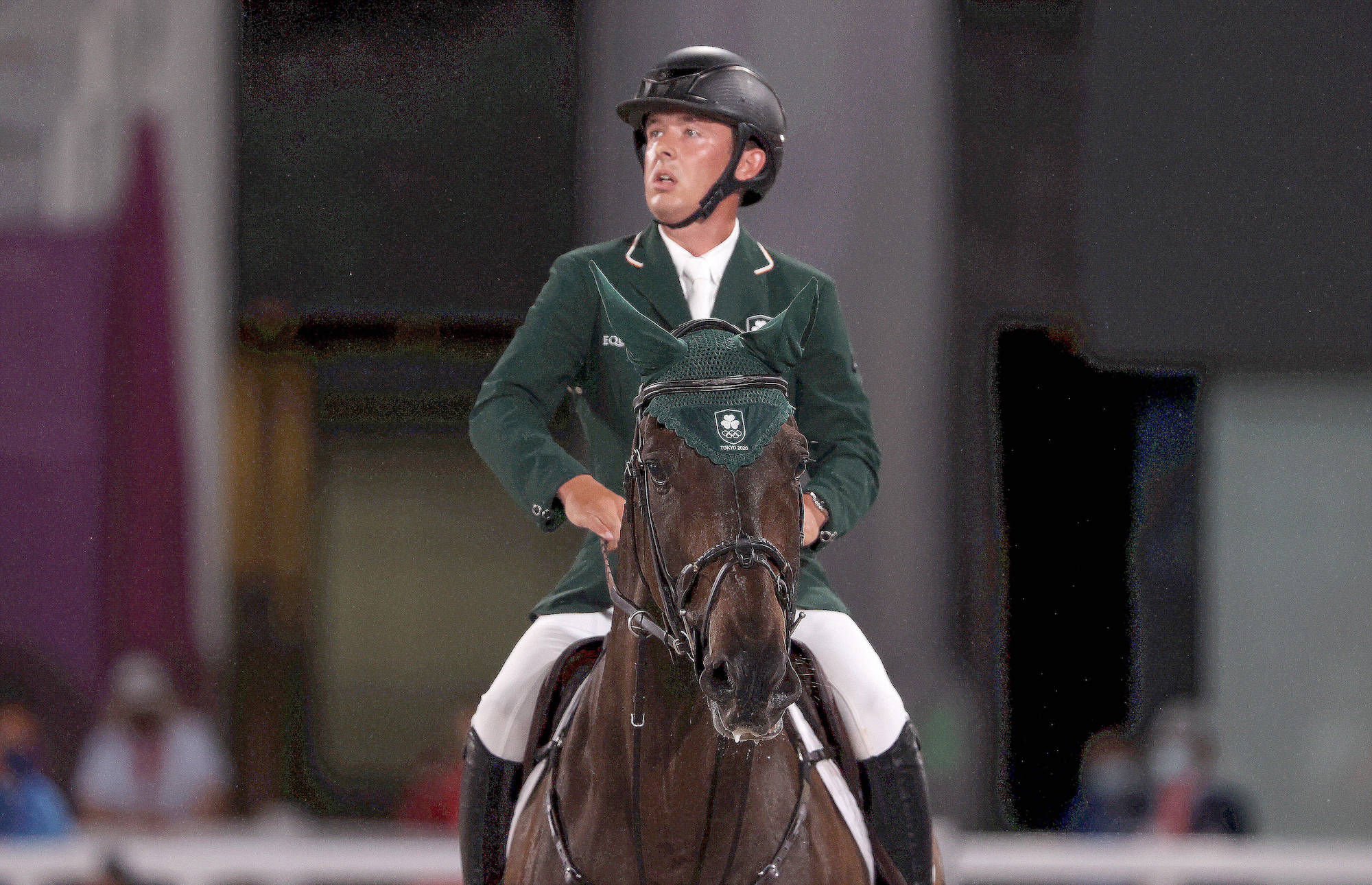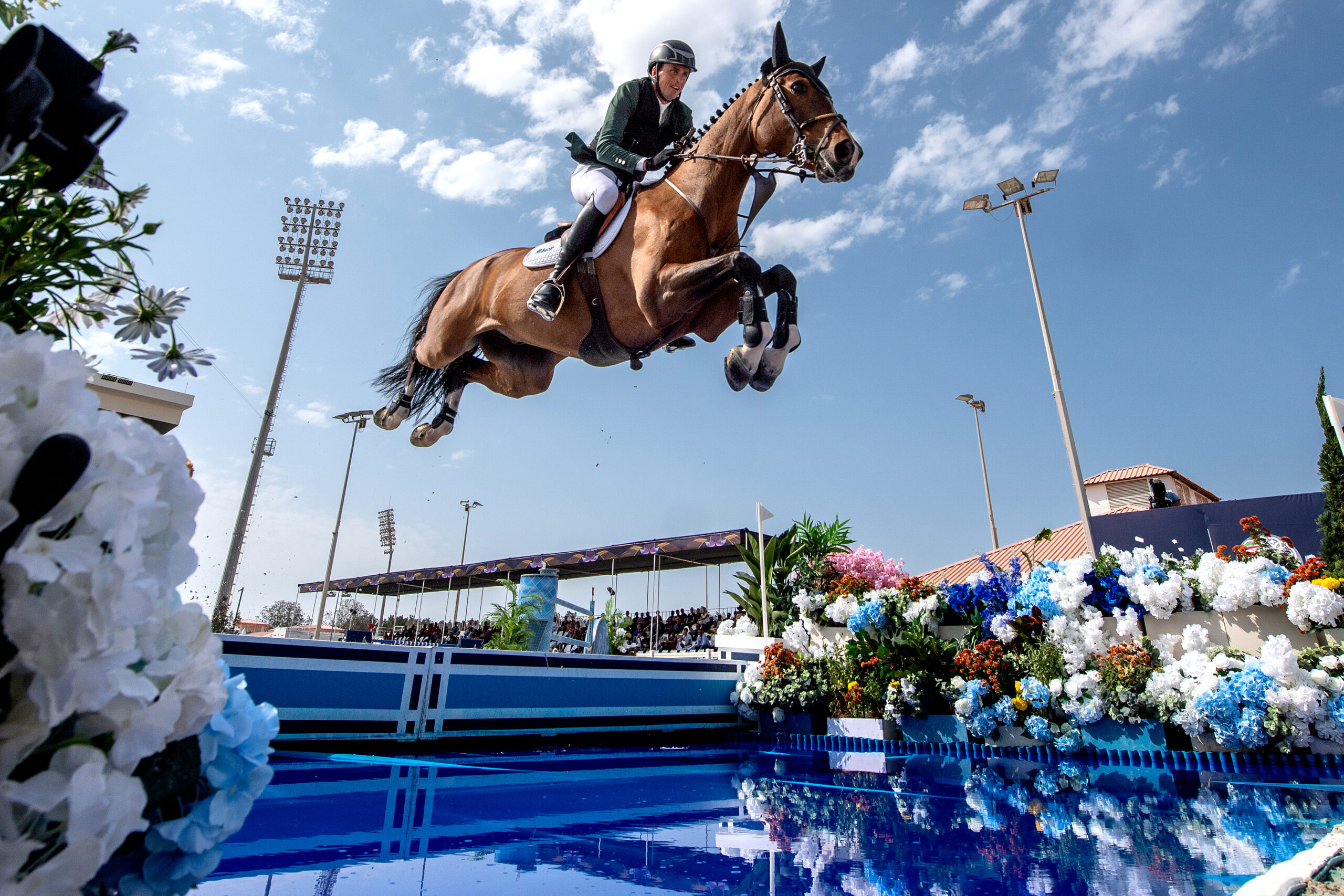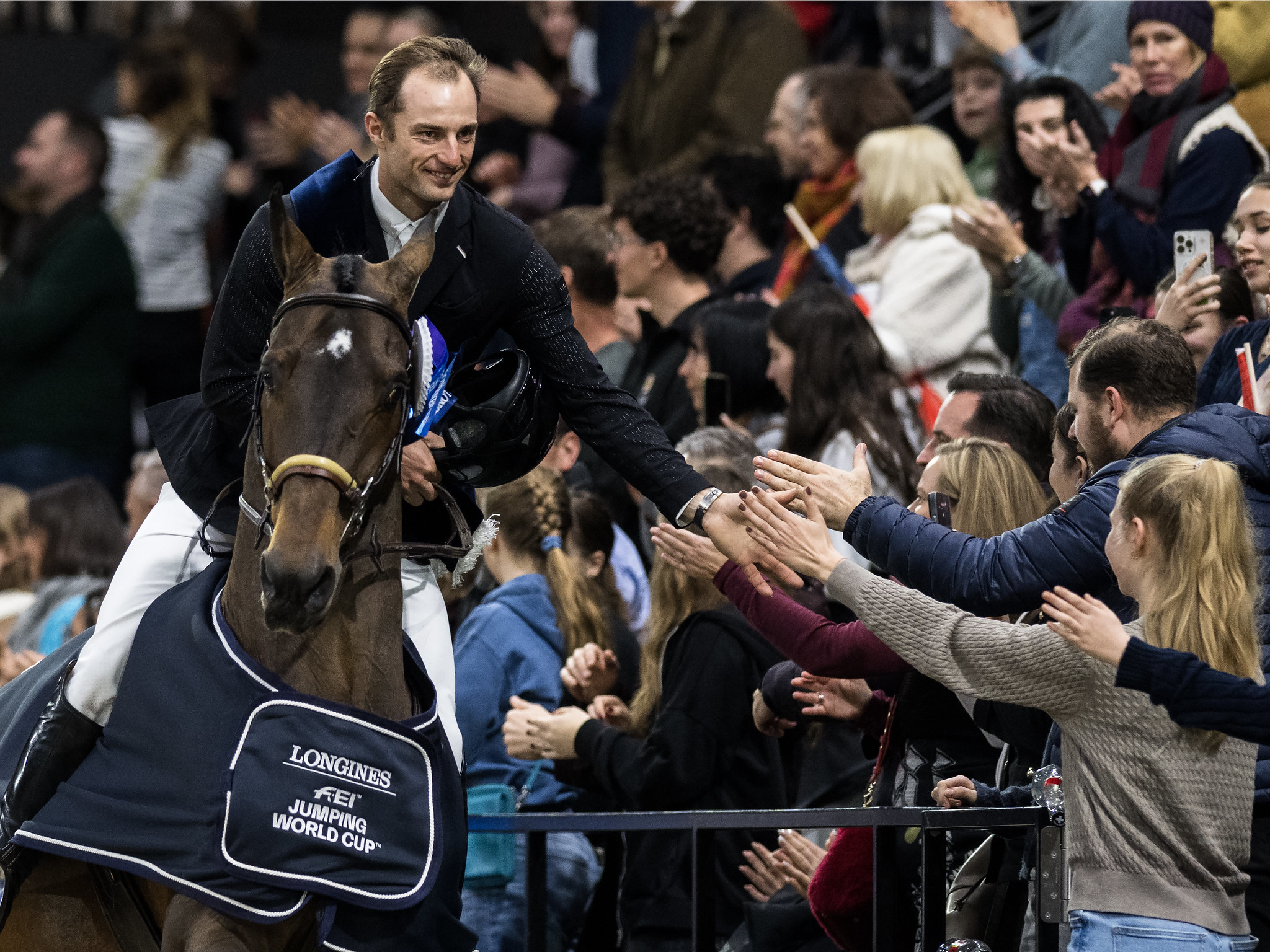Every horse person with a couple of years under her belt has some sense of when a horse looks “off” or “not quite right,” but even when your eye can spy the hitch or hesitation, determining the source of the problem is a challenge few can conquer. Acknowledging that even veterinarians tend to rely more on expensive (and often inconclusive) diagnostic tests rather than well-trained perception to identify lameness and trace it to its origin, Dr. Bob Grisel has written a guide intended to simplify the process. His book Equine Lameness for the Layman instructs all in the fundamental knowledge that can make “seeing” what’s wrong, and what the likely cause is, second nature, ensuring happier, healthier horses. Here he outlines his basic game plan.
***
We visually assess our horses with the intention of recognizing potential lameness and surmising the likely source(s) of the problem. Satisfying our ambition is relatively painless when the horse is noticeably “off”; it can be considerably more difficult when gait abnormalities are visibly faint. Fortunately, we can make lameness more conspicuous by:
- Improving our ability to see it.
- Maximizing the horse’s expression of it.
Choosing the best approach, gait, and setting for our assessment will decidedly support our efforts.
Choosing the Approach
Lameness evaluation is a daunting venture for many of us because there are so many visual components to the horse’s gait. Making rhyme or reason out of what we’re seeing can sometimes seem to be an insurmountable task. We should realize, however, that we are not required to process all of the visual input simultaneously. In fact, our optical acuity is significantly sharpened when we are only asked to assess one thing at a time. By following a step-wise approach, we force ourselves to interpret each aspect of the horse’s gait independently from one another, thereby simplifying the overall process. A single, large, complicated exercise essentially becomes many small simple exercises. In the end, we can use our compilation of impressions to complete our assessment and formulate an opinion with respect to how the horse is moving.
Once we’ve established the necessary steps, we can then arrange them in a way that maximizes the efficiency of our examination. It is important that we follow the same basic procedure with each and every assessment, whether it is performed on a single animal multiple times or many different animals. With practice, the examination process will become very familiar and progress quickly for you. Most seasoned performance veterinarians, for instance, can navigate through a multitude of “sub-examinations” to complete their overall visual assessment of a horse in less than 10 minutes.
Each of the evaluation steps is intended to distinguish a specific feature of the horse’s lameness:
- Which regions are affected?
- Is the horse lame in the forelimbs?
- Is the horse lame in the hind limbs?
- Is the horse expressing axial lameness?
- What is the nature of the lameness?
- Is there a weight-bearing component?
- Is there a non weight-bearing component?
- What is the severity or grade of lameness?
- Is it evident while the horse is standing still?
- Is it evident at the walk?
- Is it evident at the trot?
- Is it only evident under certain circumstances?
- At which gait(s) is lameness observed?
- Is it evident at the walk?
- Is it evident at the trot?
- Is it evident at the canter?
- Is it evident during any other gait(s)?
- Is it evident during upward or downward transitions?
- What factors exacerbate the lameness?
- How does the lameness change with regard to surface?
- How does the lameness change with regard to direction?
- How does the lameness change with regard to velocity?
- How does the lameness change with regard to acceleration or deceleration?
- How does the lameness change under saddle?
- How does the lameness change with regard to duration of activity?
- How does the lameness change with regard to temperature?
- Are there any distinguishing traits to the lameness?
Answering each of these questions separately takes the complexity out of the process but still enables us to perform a comprehensive evaluation of the horse’s gait. Things begin to make sense once we integrate all of the puzzle pieces that we’ve gathered during the course of our assessment.

Choosing the Gait
Most observers find it easiest to observe horses at the trot because it is the simplest gait, comprising a two-beat stride pattern in which the horse’s weight is distributed evenly between diagonal pairs of limbs (click here for video explanation). The left hind and right front limbs comprise one diagonal pair, whereas the right hind and left front limb comprise the other. Assessing movement of the horse in motion requires that we evaluate both diagonal pairs, visually comparing one with the other. The slower the horse moves during our assessment, the more time our eyes have to pick up on relative discrepancies.
At the trot, the two limbs constituting each diagonal pair have a special relationship with each other:
- A horse that chooses to underload one limb of a diagonal pair will proportionately overload the other so as to support its own weight. It is important to remember that lameness is defined as any alteration in gait and can manifest as a result of underloading in one limb and/or overloading in a compensating limb—the visual interpretation of bearing not enough weight in one limb or too much weight in the other limb may be identical.
- Any alteration in the timing and length of one limb’s stride will be mirrored in the stride of its diagonal counterpart so as to maintain synchrony and balance. This principle constitutes the basis for diagonal synchrony of stride.
Once the relationship between diagonally paired limbs is acknowledged, detection of a limb’s altered response to factors affecting its diagonal counterpart can actually facilitate (rather than complicate) our visual interpretation of lameness.

Choosing the Venue
In order to get the most out of our assessment, we should go to the trouble of making the horse’s asymmetric movement as transparent as possible. Most of us have the choice of speed, gait, surface congruity, footing, and direction at our disposal. Choosing the right venue for our assessment can make all the difference when it comes to recognizing important visual markers. Periodically modifying environmental factors as we navigate through the evaluation process can also be extremely rewarding.
Increasing the horse’s asymmetric movement can transform an obscure lameness into one that is obvious, thereby simplifying our job as effective observers. Altering the horse’s environmental setting can also facilitate our isolation, identification, and classification of significant gait characteristics.
***

This excerpt from Equine Lameness for the Layman by Dr. Robert Grisel was used by permission from Trafalgar Square Books.


 October 23, 2018
October 23, 2018 








